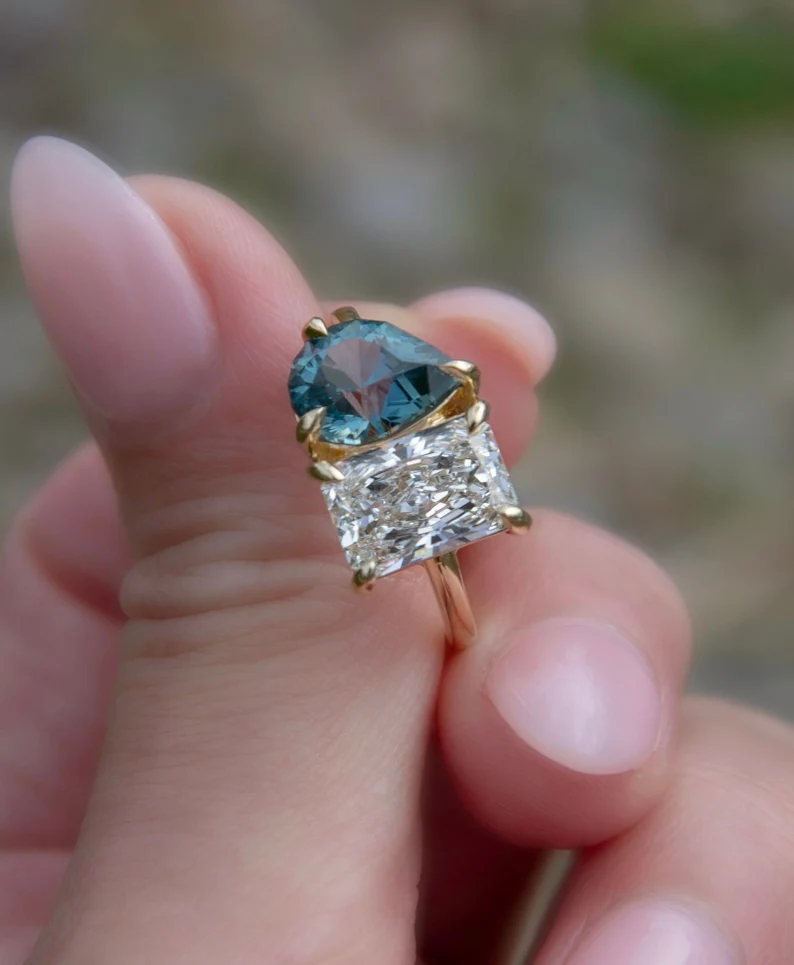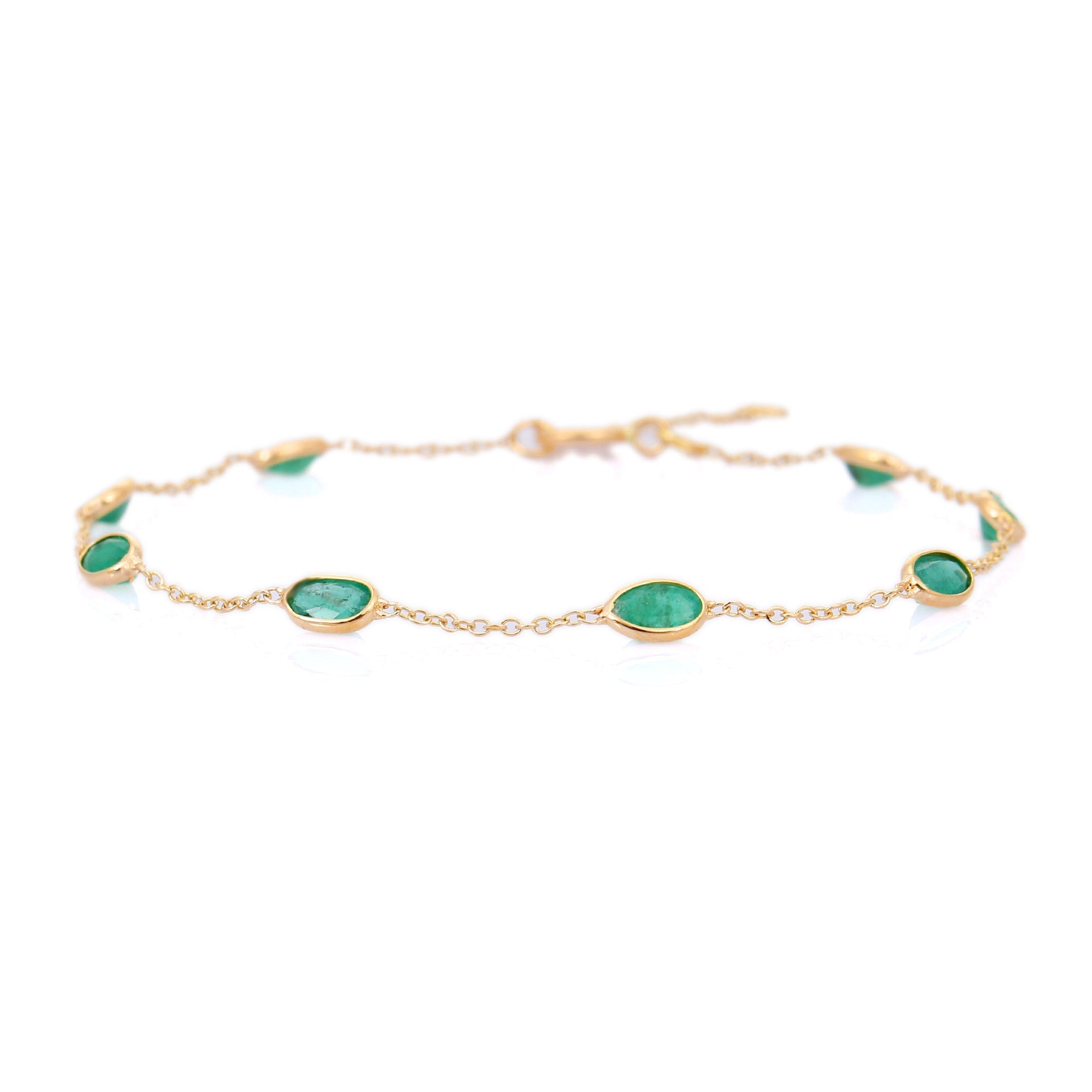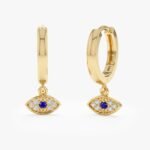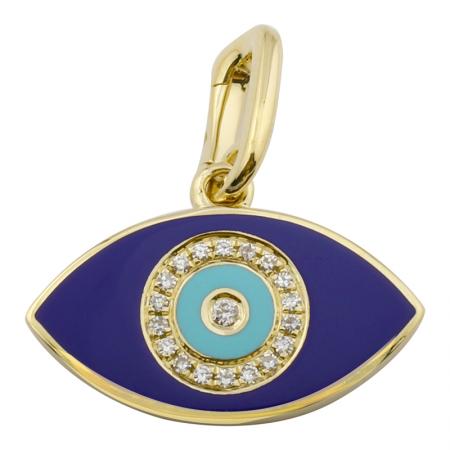Auction Fever: Do Diamonds Really Go Cheaper Under the Hammer?

Auction Fever: Do Diamonds Really Go Cheaper Under the Hammer?
Auctions can feel intoxicating. A single lot, a crowd, a paddle, and the price can climb fast. People assume auctions equal bargains. Sometimes they are. Often they are not. To decide if an auction diamond is a good buy you must understand fees, grading, disclosure, and human behavior. Below I explain the mechanics and give practical examples so you can judge each lot on its facts—not the drama.
Auction types and what they mean
Not all auctions are the same. Choices matter because they change risk and price.
- Major house sales (Sotheby’s, Christie’s): high reputation. Lots often have certificates and thorough condition reports. Buyer premiums are high (typically 20–25%). Competition from international buyers can push prices above retail for rare stones.
- Specialist jewelry auctioneers: mid-market focus. Good for estate pieces and single stones. Documentation quality varies.
- Local estate sales: lots of jewelry sold to clear an estate. Fewer international bidders. Lower buyer premiums possible, but disclosure and certificates may be limited.
- Online marketplaces & timed auctions: broad reach, convenience, but greater variation in authenticity and grading. Buyer protection varies.
What drives the price under the hammer
Price equals objective factors plus human factors. Know both.
- Objective factors: carat weight, cut quality, color grade, clarity grade, measurements (mm), fluorescence, symmetry/polish, certification (GIA, AGS vs ungraded). A 1.00 ct round G VS2 (approximately 6.5 mm) typically has a market price different from a 0.95 ct of the same grades because size thresholds matter.
- Provenance and rarity: historic pieces or famous owners add value. Fancy-color diamonds or high-quality >2 ct stones are rare and attract strong bids.
- Presentation and condition: chips, resizings, poor mounting, or dirty stones reduce perceived value. A mounted diamond without a certificate sells for less than the same loose GIA-graded stone.
- Fees and taxes: buyer’s premium (commonly 20–25%), sales tax or VAT, import duties. You must add these to the hammer price to get the true cost.
- Human factors: bidder competition, emotional intensity, and perceived scarcity can inflate prices beyond fair market value.
When auctions can be cheaper — with examples
Auctions tend to produce bargains in specific situations. Here are practical examples and the why behind them.
- Estate clear-outs with low interest: an ordinary 1.00 ct H VS2 round (good cut, approx. 6.5 mm) might retail at $5,000–$6,000. At a local auction with low turnout it can hammer for $4,000. Add a 20% buyer premium = $4,800. You save roughly $200–$1,200 versus retail because there’s little active competition and the seller wants a quick sale.
- Lots in need of repair: a 2.10 ct I SI1 oval with chips in the girdle may be passed over by retail buyers. Hammer $8,000 + 25% = $10,000. Re-cut or repolish might cost $1,000–$2,000, but if comparable market retail is $15,000 you still have a margin.
- Parcels of melee or small stones: bulk lots of melee (small diamonds) sometimes sell well below the per-carat retail price because dealers buy in volume and factor in recutting or repurposing.
When auctions cost more
Auction prices can exceed retail when competition or scarcity is high.
- High-demand lots: quality >3 ct stones or fancy-color diamonds attract wealthy collectors. Hammer might be $100,000 when comparable retail is $80,000. Buyer’s premium and auction atmosphere push the number higher.
- Well-documented pieces: a GIA-certified, excellent-cut 1.50 ct F VVS2 round with attractive proportions can draw multiple bidders. The hammer can exceed typical estate pricing because buyers prize certainty of grade.
- Emotional bidding: sentimental pieces or those with strong visual appeal can trigger bidding wars and irrational prices.
Risks and how to avoid them
Auctions carry specific risks. Avoid cheap mistakes with these checks.
- No certificate: ask for a GIA or AGS report. Ungraded stones require careful inspection and a professional appraisal before bidding.
- Buyer’s premium and taxes: always calculate final cost. Hammer + buyer’s premium + tax = true price. A $4,000 hammer with 25% premium becomes $5,000 before tax.
- Undisclosed treatments or synthetics: insist on full disclosure. If documentation is missing, factor in grading or testing costs ($100–$500) and the risk of a synthetic or HPHT-treated diamond.
- No returns: many auction sales are final. Verify the return policy and guarantee period before bidding.
Practical bidding strategies
Use discipline. Emotions lose money.
- Research comparable prices: check current retail and trade prices (Rapaport or trade lists) for stones of the same carat/mm, color, clarity, and cut. Adjust for setting and condition.
- Get condition reports and photos: examine loupe-level photos and request condition reports. For mounted stones, ask to see the diamond loose if possible.
- Include all fees in your limit: pick a max bid that already accounts for buyer’s premium and taxes. Never bid beyond that number.
- Use absentee/snipe bidding: a timed proxy bid prevents emotional overspending in the room.
- Know when to pass: high-quality stones in high-demand auctions often sell at or above retail. Consider buying from a dealer if you want certification, return rights, and aftercare.
Bottom line: auctions can produce genuine bargains, especially for estate pieces, bulk lots, or under-marketed stones. But they can also cost more than retail when competition, provenance, or documentation is strong. Always add buyer’s premium and taxes to the hammer price, insist on certificates for significant purchases, and set a hard limit before the bidding starts. That protects your wallet from auction fever.




